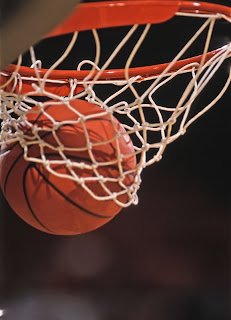What different colors are symbolized as in different countries compared to the U.S.
red- In the U.S. red is symbolized as victory. In Egypt red symbolizes death.
purple- In the U.S. purple is symbolized as royalty or creativity. In Thailand purple symbolizes mourning for widows.
blue- In the U.S. blue is symbolized truth and intelligence. In Iran blue is the color of mourning.
green- In the U.S. green symbolizes nature and ecology. In Thailand green symbolizes Wednesday.
yellow- In the U.S. yellow symbolizes happiness and warmth. In Brunei yellow is a royal color.
orange- In the U.S. orange symbolizes energy and warmth. In Ireland orange can be symbolized as religious or political.
brown- In the U.S. brown is symbolized as reliable or natural. In India brown symbolizes mourning.
black- In the U.S. black is symbolized as power, strength, or even evil. In Spain black symbolizes wealth.
white- In the U.S. white symbolizes purity and cleanliness. In Asia white is symbolized as mourning.
gray- In the U.S. gray is symbolized as gloom or depression. In Japan gray is symbolized as maturity and conservatism.




















